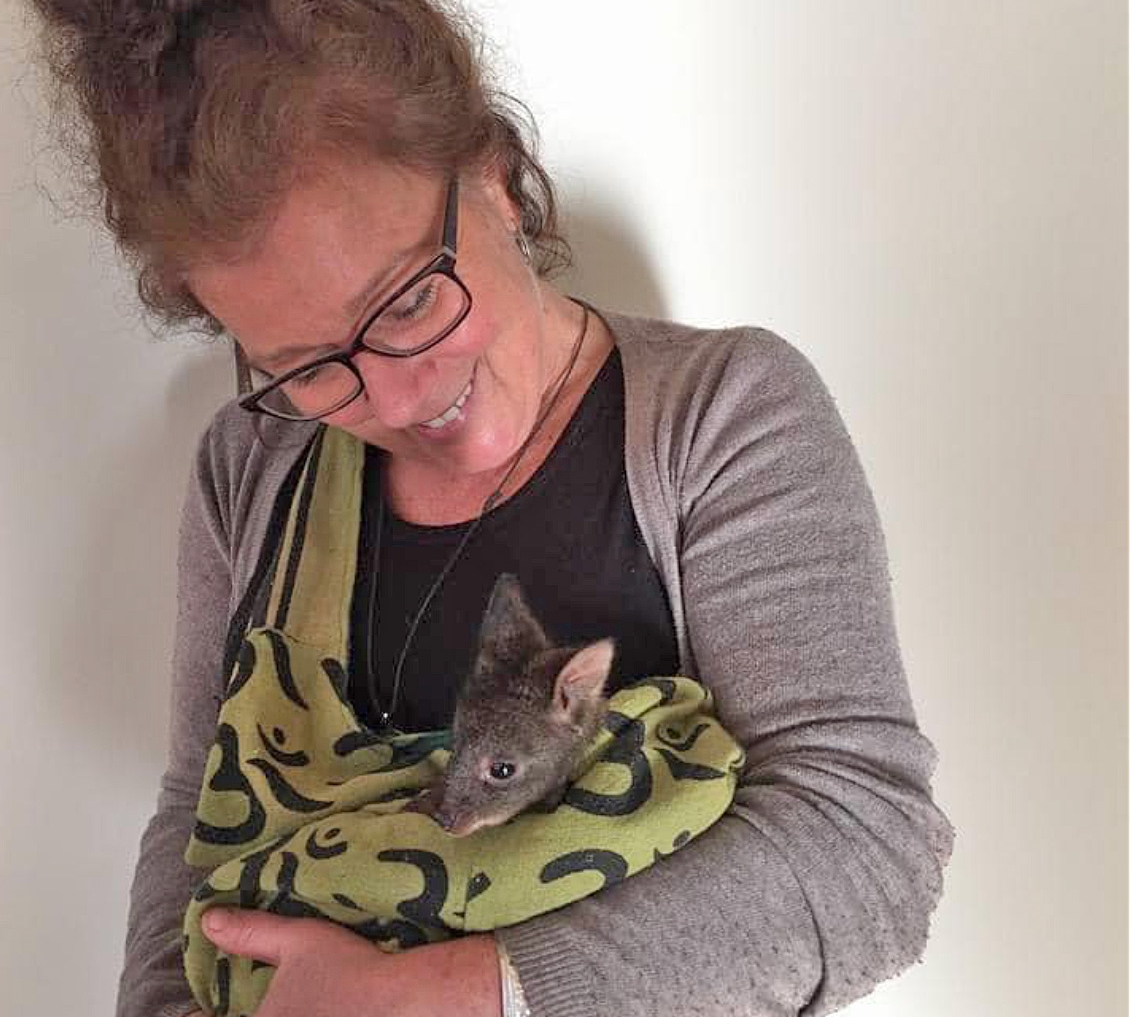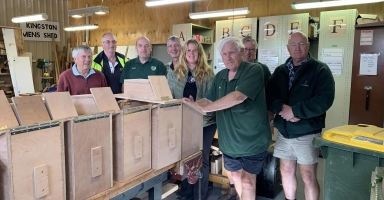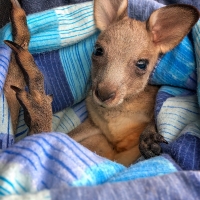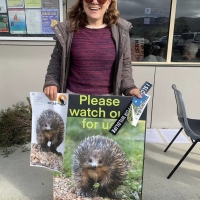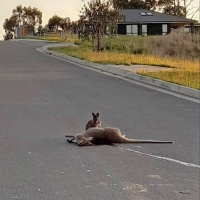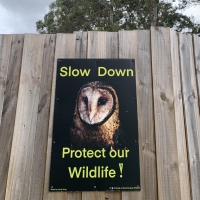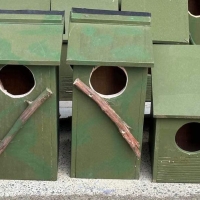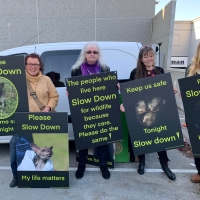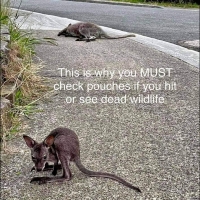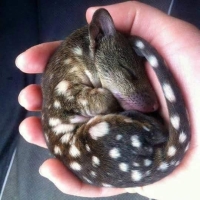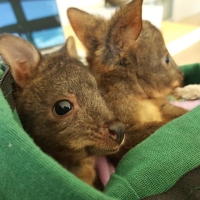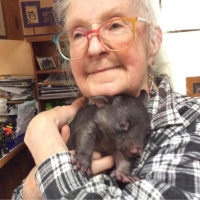Welcome to our website ‘Wildlife Safe Tasmania’.
We are a local community group, previously known on social media as ‘Wildlife and Community Together Tasmania'. We are based in the south of Tasmania.
We are passionate about and committed to making Tasmania's roads and communities a safer place for our incredibly unique and diverse wildlife and community members. Collectively, we bring many years of experience as carers, rescuers and advocates for the welfare of Tassie’s wildlife.
Many of us have spent hours, months, even years attending to, feeding and caring for orphaned joeys and injured native animals. We've driven kilometres day after day to collect injured and orphaned animals who have suffered a traumatic injury or loss of a mother through a motor vehicle strike. Some animals die an agonising death, sometimes suffering for days if they're not found or reported by a member of the community.
In fact, their suffering has moved each and every one of us so deeply, we formed this group and website as part of a community-based program that aims to work collaboratively with local community members, relevant stakeholders, councillors and our state government, to reduce the ubiquitous suffering on Tassie's roads.
Of equal significance, is the number of motor vehicle traumas and injuries caused to human life whilst trying to avoid animals on the road.
In short, we feel confident that the toll on human and animal life can be reduced by implementing strategies that are not only cost-effective, but they also change human behaviour in a way that ensures Tassie is a safe place for our wonderful wildlife.
We are a registered not-for-profit group, and 100% of the funds we raise are used to promote our voice forTassie's wildlife. Wildlife Safe Tasmania is run solely by volunteers who are academics, artists, wildlife rescuers, and carers.
Our Vision
To create a safer Tasmania for all wildlife. We believe that it is a privilege to live alongside such incredibly diverse wildlife on our back doorsteps.
We hope that the combination of our social media presence, our informative website, our two professionally made advertisements airing on primetime TV and in various tourist hubs, our fundraising and educational campaigns alongside the presence and advocacy of our partner groups, to create a Tassie wide message that our wildlife matter and that their suffering is usually preventable and cannot ignored.
Education, advocacy and roadkill reduction
Wildlife Safe Tasmania is an independent community group from the only wildlife rescue service in Tasmania - Bonorong Wildlife Sanctuary. While Bonorong rescuer volunteers have joined our organisation, Wildlife Safe Tasmania focuses on wildlife safety education, advocacy and roadkill reduction, we are not a rescue group. We work complimentary to Bonorong's Wildlife Rescue Service and as such are hoping to engage more carers and rescuers by directing them to the right training courses supplied by Bonorong.
Bonorong Wildlife Rescue is Tasmania’s largest 24/7 wildlife rescue service. Please call Bonorong Wildlife Rescue if you need advice or help bringing in an injured animal on 0447 264 625. This service attends a large number of calls every day and may be unable to answer your call immediately. If your call is not answered straight away, please leave a message and your call will be returned as soon as possible.
Tasmania has a shameful reputation as the 'Roadkill Capital of the World".
It is estimated that as many as 500,000 animals lose their lives on Tasmanian roads annually which equates to around 45 animals, per hour.
Many of those are struck by a vehicle are not killed immediately, instead make their way off the road, and die a slow and painful death, if not found by a rescuer.
Many joeys lie in their deceased mother's pouch, succumbing to cold and hunger, if not found by a rescuer. Simple measures such as Slowing down between dusk and dawn, particularly in areas that are (or were) natural habitats for wildlife.
Most Tasmanian wildlife is nocturnal, making the roads a more dangerous place for them at night.
By reducing speed, a person has more time to react and avoid hitting the animal.
Planning trips ahead and driving during daylight hours are other ways we can help prevent roadkill in our state.
Taking a few minutes longer to get to our destination is safer for you and for them.
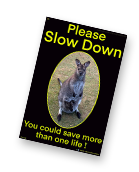 Purchase a Slow Down sign, bin or bumper sticker
Purchase a Slow Down sign, bin or bumper sticker
You can assist in reminding motorists to slow down when driving at night by purchasing a sign or reflective sticker for your car/fence/front yard from 'Friends of Tasmanian Wildlife' - it's an affordable way to be a voice for wildlife in your community.
Please note, the signs must be erected on your own property/ boundary/fence.
Wildlife sentience
Something that will never stop surprising me is how easily some people dismiss roadkill with a shrug and say, “It’s just because there are so many.” As if that ends the discussion. The reasoning seems to be: It’s okay; there are plenty more. Imagine this logic applied elsewhere.
If you’re from a big family, would it be acceptable to say, “I have so many family members, so if one dies, it doesn’t really matter”? It sounds absurd because every individual is unique and irreplaceable.
Or imagine if I damaged your car in an overflowing car park. If I shrugged it off with, “What does it matter? There are so many cars, it’s out of luxury I could hit yours” you’d think I was crazy. Yet this is the same kind of reasoning people use to excuse the loss of wildlife due to abundance.
While you may see a single animal as insignificant, it matters deeply to that individual and their community. Yes, they have families too.
They may form relationships and process emotions in ways we don’t fully understand, but that doesn’t mean they aren’t sentient. Wildlife carers often recount heart-wrenching stories of joeys crying for hours or days. Maybe you have seen it yourself, a little joey next to their roadkilled mother, mourning and lost with nowhere to go.
Next time you see one of those “abundant” pademelons, take a moment to observe them. Watch closely and notice their individual quirks. Then do the same with another. You’ll see how each one is unique. Some are naughty, others sweet, some grumpy, some scared, some curious, and some not-so-bright, just like us.
Elleke Leurs (PhD Student and founding member)

